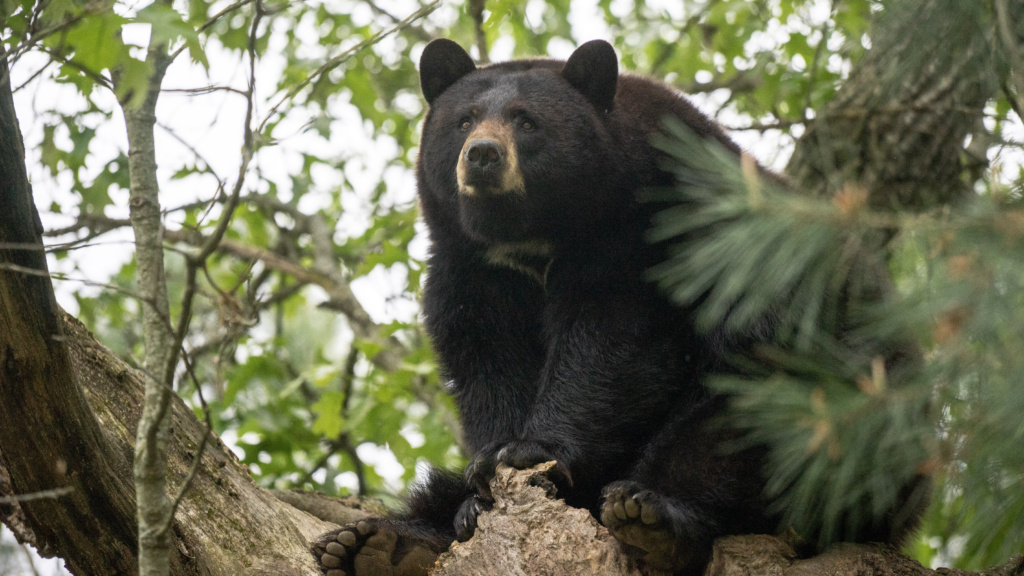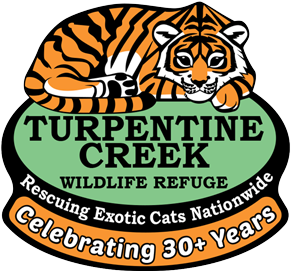 Every year, on the first Saturday in June, wildlife enthusiasts, conservationists, and nature lovers come together to celebrate National Black Bear Day. This day was first started in 2018 to remember the history of black bears in the United States. Black bears became a valuable resource when the Americas were first colonized due to their thick hides for clothing and shelter, rich meat, and sweet fat. As people continued to expand across the country, bears threatened life, livestock, and crops, so they began hunting them outside their value in the economic trade. By the early 1900s, the black bears were nearly extinct, and hunting regulations had been developed to help them repopulate.
Every year, on the first Saturday in June, wildlife enthusiasts, conservationists, and nature lovers come together to celebrate National Black Bear Day. This day was first started in 2018 to remember the history of black bears in the United States. Black bears became a valuable resource when the Americas were first colonized due to their thick hides for clothing and shelter, rich meat, and sweet fat. As people continued to expand across the country, bears threatened life, livestock, and crops, so they began hunting them outside their value in the economic trade. By the early 1900s, the black bears were nearly extinct, and hunting regulations had been developed to help them repopulate.
Black bears play a crucial role in maintaining the health and balance of their ecosystem. As omnivores, they have a diverse diet of berries, nuts, insects, fish, and occasionally small mammals. This varied diet makes them important seed dispersers, aiding in the growth and regeneration of forests by spreading seeds through their feces.

Moreover, black bears are often referred to as “ecosystem engineers” because of their role in shaping the landscape. By foraging for food and creating dens, they influence plant growth and provide habitats for numerous other species, from insects to birds. Their presence in the wilderness is a sign of a healthy ecosystem. Turpentine Creek has rescued many black bears from various roadside zoos. TCWR Assitant Curator Laurie Vanderwal serves an important role in Bear Care Group, an organization dedicated to improving global bear welfare and conservation.
We actively promote National Black Bear Day to celebrate successful conservation efforts and to remember the history of the black bear in the United States. Raising awareness, supporting conservation efforts, and fostering a deeper appreciation for these remarkable creatures can ensure a brighter future for black bears and the wild places they call home. With the addition of the TCWR Education Center & Museum, we can cast our mission and message across a much larger scale for future generations.
